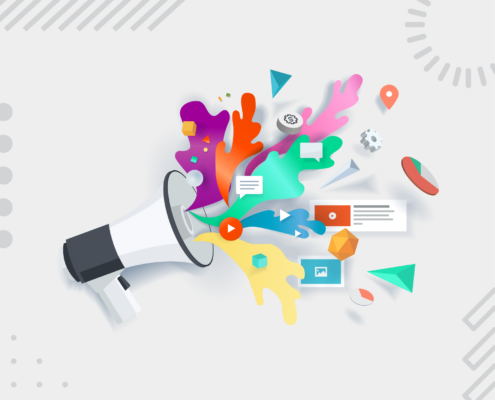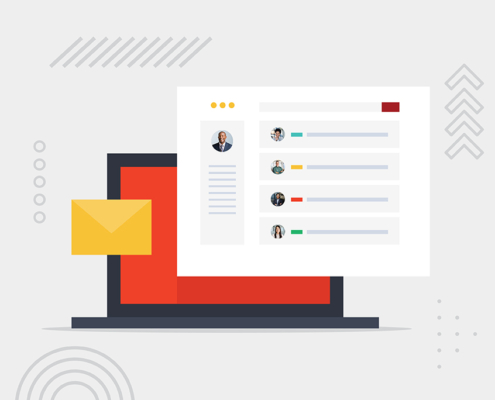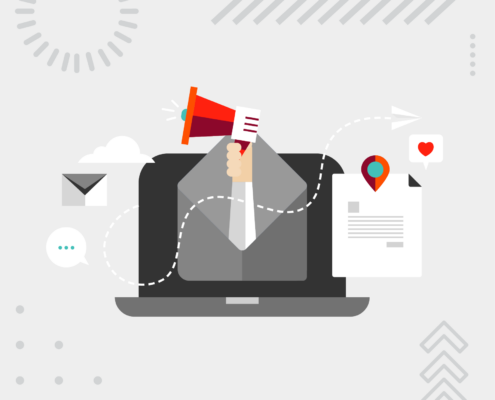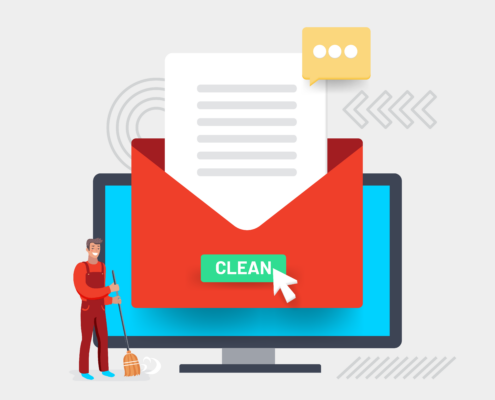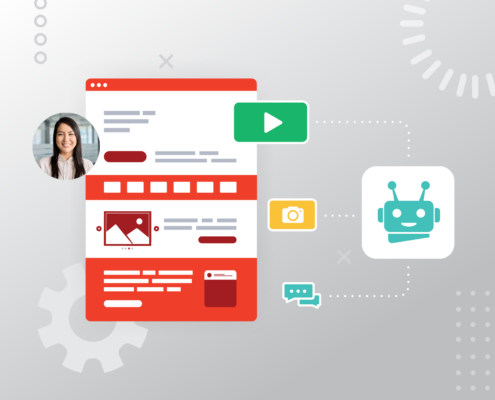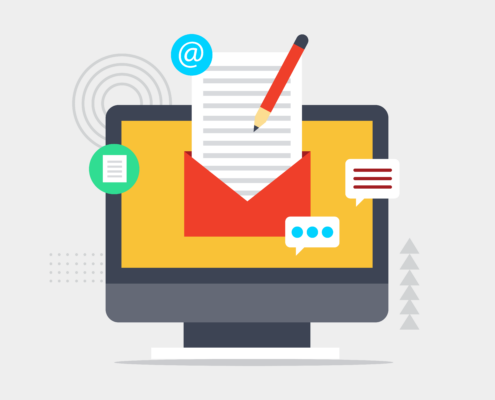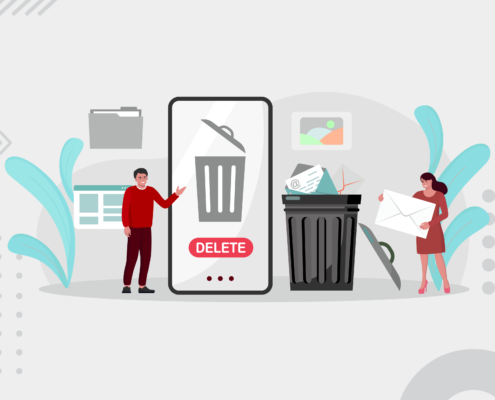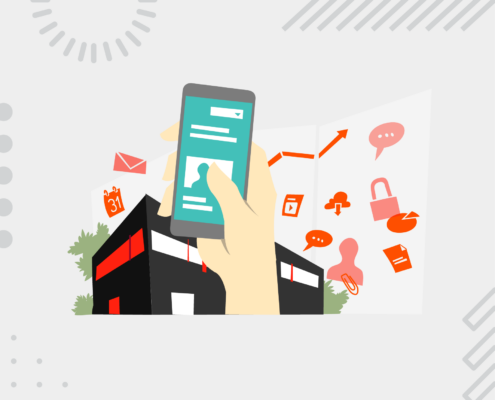
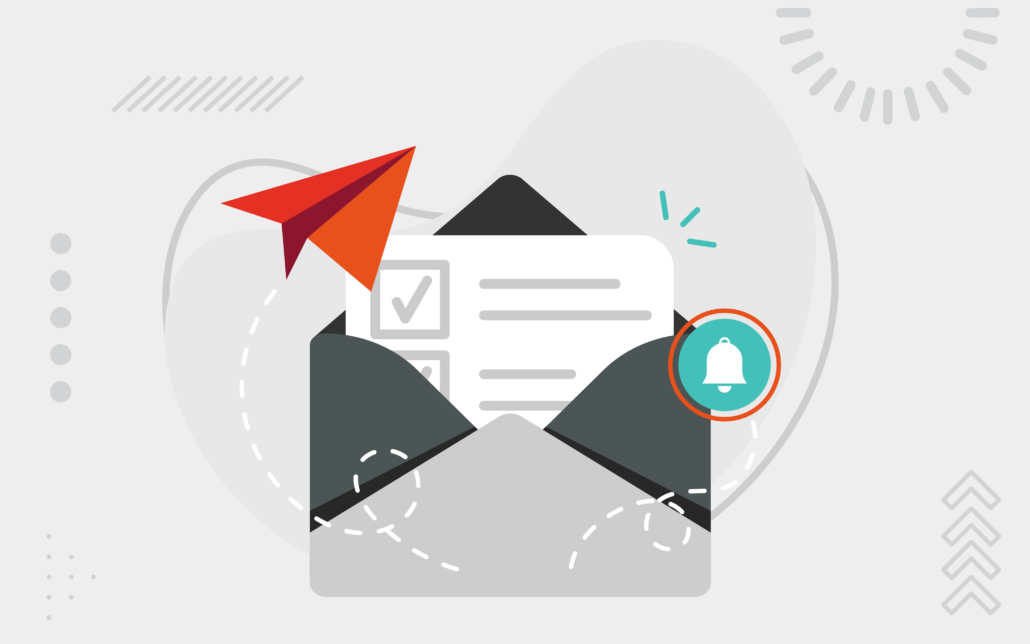
Email marketing is one of the most powerful tools in your marketing arsenal, but blasting the same message to everyone on your list just doesn’t cut it anymore. That’s where email segmentation comes in—it’s the secret sauce to better engagement, higher open rates, and more conversions. By breaking your email list into targeted segments, you’re able to send the right message to the right people at the right time.
In this all-inclusive guide, we’re diving into everything you need to know about segmenting your email lists. Whether you’re looking to boost lead generation, run a targeted promotion, or simply keep your customers engaged, email segmentation is the key.
Ready to refine your marketing strategies and see better results? Here’s what you need to know:
What Is Email Segmentation?
Email segmentation is the process of dividing your email list into smaller, more targeted groups based on specific criteria. Instead of sending a one-size-fits-all email to everyone, segmentation allows you to tailor content for different audiences. These segments could be based on factors like company size, industry, buying behavior, or where a prospect is in the sales funnel. But what’s the goal? To deliver relevant, personalized emails that resonate with each group.
In B2B marketing, segmentation plays a crucial role in lead generation. By targeting the right decision-makers with content that speaks directly to their needs, you’re more likely to capture interest, build trust, and move them closer to making a purchase. Whether you’re nurturing long-term relationships or sending targeted offers, segmented emails give you the precision needed to engage potential clients and boost conversions. It’s a game-changer for maximizing the effectiveness of your campaigns!
Read More: Leading a Successful Email Nurture Campaign
Benefits of Segmenting Your Emails
Segmenting your email lists brings plenty of powerful benefits, especially in the B2B world where targeted, relevant communication is key. Here are some of the top advantages:
Higher Engagement Rates
When you send emails tailored to the specific needs and interests of each segment, you’re far more likely to grab attention. Segmented emails have higher open and click-through rates because recipients find the content relevant to their business challenges. This increased engagement helps build stronger relationships with prospects and clients.
Improved Lead Nurturing
Email segmentation is a game-changer for lead nurturing. By dividing your audience based on their stage in the sales funnel, you can craft personalized messages that address their unique concerns and guide them toward a buying decision. Whether you’re dealing with new prospects or long-time contacts, segmented emails keep your leads warm and moving forward.
Better Conversion Rates
When you deliver the right message at the right time, you’re more likely to convert leads into customers. Segmented emails allow you to provide targeted offers and information that resonate with specific groups, increasing the likelihood of them taking action, whether that’s scheduling a demo, downloading a resource, or making a purchase.
Enhanced Customer Retention
Segmentation isn’t just for attracting new clients—it’s also essential for retaining your existing customers. By sending them relevant updates, offers, and content based on their past behavior or needs, you keep your business top-of-mind and demonstrate ongoing value, fostering long-term loyalty.
How to Segment Your Email Lists
Segmenting your email lists is all about understanding who your audience is and what they need at different stages of their buying journey. For B2B marketers, segmentation allows you to craft personalized, targeted emails that resonate with specific groups, driving engagement and conversions. Here are some effective strategies for segmenting your email lists:
1. Industry-Based Segmentation
Segmenting your email list by industry helps you tailor your messaging to address specific pain points or trends that are relevant to each sector. For example, a software company might send different messages to a manufacturing company than to a healthcare provider, even if both are potential clients. Each industry has its unique challenges and goals, so offering customized content based on their needs shows that you understand their business.
2. Company Size
Another effective way to segment your email list is by the size of the company you’re targeting. The needs and purchasing power of a small business differ significantly from those of a large enterprise. Tailoring your emails based on company size allows you to address specific challenges and offer solutions that make sense for each.
Consider a mid-sized business that might benefit from cost-effective options, while a larger corporation may need scalable solutions with advanced features.
3. Job Role or Title
In B2B marketing, decision-makers are often spread across various departments, and their priorities differ based on their roles. Segmenting your list by job titles—such as CEOs, CTOs, or procurement managers—helps you send targeted messages that address their individual concerns.
For instance, when promoting new software, you could send a technical breakdown to IT professionals while delivering ROI-focused content to executives looking at the big picture.
4. Stage in the Sales Funnel
Segmenting based on where a lead is in the sales funnel is crucial for nurturing prospects. For those at the top of the funnel, educational content like blog posts, eBooks, or industry insights can be effective in building trust. For those further down the funnel, case studies, demos, or special offers can push them toward a buying decision.
Think about how a prospect in the early stages might receive a general email explaining how your product solves industry challenges, while someone further along might get a detailed case study showing your product’s ROI.
Keep Reading: Creating a Sales Funnel Email Sequence
5. Geographical Location
For businesses with a global or regional presence, segmenting based on location allows you to send relevant messages according to local markets or time zones. Certain products or services may be more applicable in one region than another, and knowing where your audience is located helps you fine-tune your content accordingly.
6. Behavior-Based Segmentation
Segmenting based on user behavior—such as website visits, email engagement, or past purchases—gives you powerful insights into what interests your prospects and clients. If someone frequently clicks on emails about a specific product or service, you can segment them for follow-ups with more targeted content that aligns with their interests.
7. Engagement Level
Finally, segmenting by engagement level—whether someone frequently interacts with your emails or hasn’t opened one in a while—can help you adjust your strategy. You can re-engage inactive contacts with special offers or win-back campaigns while nurturing engaged prospects with more in-depth content.
For inactive leads, consider sending a personalized email asking if they’re still interested or offering a limited-time discount to spark action.
Do you want to generate high-quality leads that are specifically tailored to your business? Abstrakt’s B2B appointment-setting service takes lead qualification to the next level by ensuring that every lead we pass on to your sales team is a perfect match.
Email Segmentation Tools You Need to Try
To streamline your email segmentation efforts and make your campaigns more effective, there are several powerful tools designed to help B2B marketers divide their audience and deliver targeted messages. Here are some top tools to consider:
Mailchimp
Mailchimp is a user-friendly platform that offers advanced segmentation features. It allows you to segment your audience based on criteria like purchase history, engagement levels, and custom tags. This makes it easy to create personalized campaigns for each group, whether you’re nurturing leads or targeting specific industries.
HubSpot
HubSpot’s marketing automation software has built-in segmentation features that make it simple to group contacts based on their behavior, demographics, or where they are in the sales funnel. The platform also integrates with your CRM, so you can create highly personalized email campaigns for different stages of your buyer’s journey.
ActiveCampaign
ActiveCampaign goes beyond basic segmentation with its powerful automation capabilities. It allows you to segment your list based on customer behavior, interactions with your emails, or even web visits, enabling you to send timely, relevant messages that boost engagement.
Klaviyo
Klaviyo is a great option for B2B marketers looking for a data-driven approach to segmentation. It offers in-depth analytics and segmentation based on customer actions, purchase history, and engagement, helping you send highly targeted emails that resonate with your audience.
These tools will help you master segmentation, improve lead nurturing, and create more personalized, effective email campaigns.
Email Segmentation Best Practices
To get the most out of your email segmentation efforts, there are a few best practices you should to ensure your campaigns are effective and targeted. Here are four key steps every B2B marketer should implement:
Step #1: Clearly Define Your Segments
Before you start segmenting, make sure you know exactly what criteria qualify a contact for each segment. This could be as simple as company size or industry, but for more nuanced segments like loyalty or engagement, you’ll need to set specific parameters. The clearer you are on your criteria, the more accurate and effective your segmentation will be.
Step #2: Gather and Organize Your Data
To segment effectively, you need reliable data. Whether you collect it directly through sign-up forms or use tracking tools to monitor behavior, make sure you’re gathering the right information. Data like email interactions, website activity, and customer demographics will help you divide your contacts into meaningful segments that drive engagement.
Learn More: How to Use Data for Email Marketing
Step #3: Use the Right Tools
Your email marketing platform plays a huge role in how you segment. Most platforms offer segmentation features, but the capabilities can vary. Familiarize yourself with your tool’s segmentation options, whether you’re using a basic filter or advanced, multi-condition logic. This allows you to precisely target your contacts with tailored messaging.
Step #4: Regularly Update Your Segments
As your contacts’ behavior and needs evolve, so should your segments. Continuously monitor your data and adjust your segmentation strategy to keep it aligned with your audience’s changing preferences. This keeps your campaigns relevant and increases the likelihood of conversions.
By following these best practices, you can build targeted, impactful email campaigns that speak directly to the needs of your B2B audience.
Key Takeaways
Email segmentation is essential for any business looking to elevate its email marketing strategy. By dividing your audience into targeted segments based on factors like industry, company size, or behavior, you can send personalized content that drives higher engagement, improves conversions, and strengthens customer relationships. Ultimately, segmentation is a game-changer that helps you deliver the right message to the right people at the right time.
Looking to boost your lead generation efforts? Abstrakt Marketing Group’s B2B appointment setting services offer a proven approach to building predictable sales pipelines. With over 1 million sales meetings booked, we specialize in connecting you with qualified prospects, ensuring sustainable growth for your business.
